Related Article
-

Celebrate all things panda at this special panda cafe/photo exhibition in Ueno
-
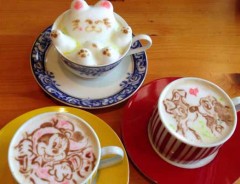
Japanese Cafe Charms Customers With Adorable Latte Art Drinks
-
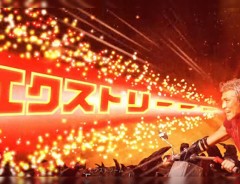
The Most Extreme Yakisoba Commercial Ever
-
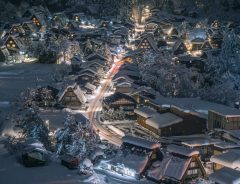
Photographer captures stunning shots of Japan’s famous remote mountain village in snow
-

Snow covered Mt. Fuji ice bars released in Japan
-
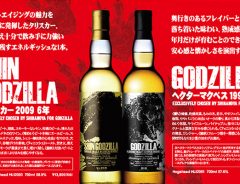
Godzilla Is Celebrating His New Movie With His Own Commemorative Whisky
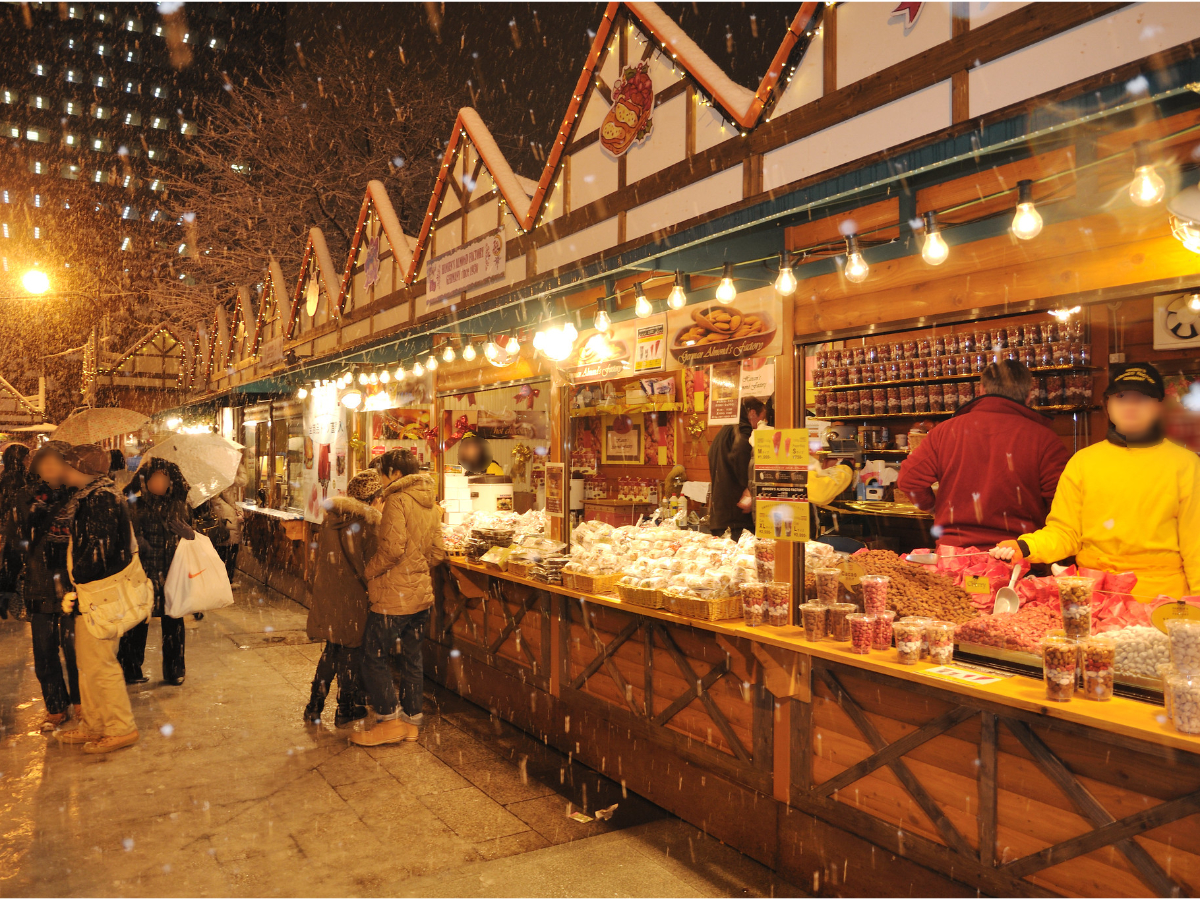


Christmas has come a long way since it first arrived in Japan in 1552. These days you can walk any metropolitan street to see sparkling lights glint amongst tree branches, enter any 100-yen store to be met with a plethora of baubles and tinsel, watch Santa Claus swim with whale sharks, and feast out on a strange-yet-tasty Japanese Christmas tradition in the form of KFC chicken.
Ok, so it’s not what you might call a ‘classical’ Christmas, but considering the bleak interest that foreign traditions, culture and religion were met with during the feudal era, the strange customs that have developed over the last few decades make for a warm and interesting twist in the winter.
Perhaps we still wouldn’t have a Japanese Christmas today if it weren’t for an understanding between the Jesuit Missionary Francis Xavier and the powerful Daimyō; Ouchi Yoshitaka of Suō Province (present day eastern Yamaguchi) and his people.
Japanese depiction of Saint Francis Xavier, author unknown circa 1600. Kobe City Museum Collection via Wikimedia Commons | Public Domain CC0
Much like nowadays, the majority of Japanese people in the 1500’s followed either a Shinto or Buddhist religion, but with permission from the Daimyō lords of western Japan, western Christianity began to take a hold and started to spread.
Three years after the arrival of Francis Xavier and two other jesuits; Cosme de Torres and Juan Fernández, and what has been dubbed as ‘Japan’s first Christmas’ took place in a converted abandoned Buddhist temple in Yamaguchi.
The event was rather different from what we might expect to experience in celebration today, with devout and intrigued converts cramming into the venue for an all-night event of hymn singing, readings from the bible, worshipping and preachings. The event began at midnight and continued well into the next day, with followers apparently taking part with great enthusiasm and intrigue, despite the long night.
This style of celebration would continue for a few years, before things began to change with the introduction of gift-giving, Christmas plays and feasts.
Of course, history took a turn for the worst when Toyotomi, and the following Tokugawa shogunate, came into power and issued the Sadoku Eddict (1635) following suspicions that the foreign missionaries were attempting to overthrow Japan’s social order. The decree ultimately led to restrictions on trade, the banning of Christianity and the persecution of its followers, and the closure of Japan to the outside world for almost 250 years.
Folding screen painting by Kanō Naizen (circa 1600) depicting the arrival of Jesuit Missionaries arriving on the shore of Japan. Kobe City Museum Collection via Wikimedia Commons | Public Domain CC0
The Meiji restoration allowed for religious freedom in 1871, leading to a new lease of life to Christianity and it’s events in Japan. Over time, Christianity was once again allowed to breathe and Christmas became an annual celebration enjoyed by many across the country.
Today, you can enjoy Japan’s unique take on Christmas in a variety of ways. And whilst it lacks the western customs of feasting with family and friends, going door-to-door to sing Christmas carols and large-scale gift-giving gatherings, Japan’s version of Christmas still has a lot to offer.
Yamaguchi Christmas Lights | PR Times
In Yamaguchi city, celebrations are held each year to commemorate the historical events that took place in the area more than 450 years ago. This year, the city held a Christmas market, and lit up the streets in grandeur to symbolize a prayer for the healing of all of Japan following the year’s battle against the coronavirus.